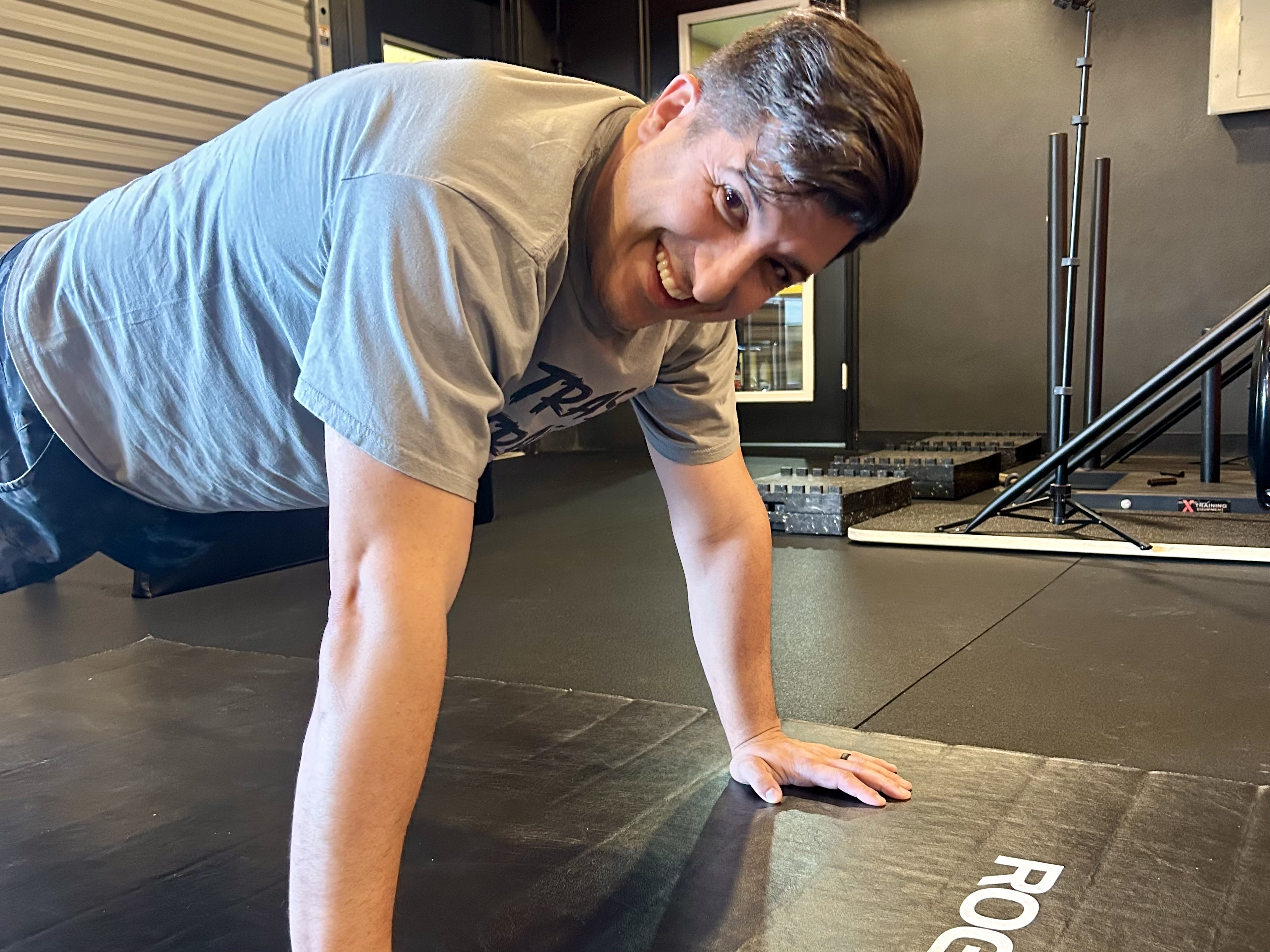It has been well established that physical activity and exercise is a critical component to one’s overall health and wellness
Benefits for physical activity include improved mental health, increased range of motion, increased muscular strength and endurance, as well as decreases the risk of many chronic diseases, such as diabetes, cognitive decline, or heart disease. Physical activity ranges from weight training, calisthenics, athletics, or even Crossfit, to dance, yoga, pilates, or cycling. Experts indicate that the important aspect of exercise is the commitment to it; whatever form of movement you prefer, just do it.
But what activity is best for those with limited mobility or strength? Chair-based exercise is an excellent and well-studied intervention for those requiring modifications to their physical activity routine. Chair-based exercise enables participants to feel secure in their stability and often allows movement and motions to become accessible. When performing chair-based exercise programs, it’s best to utilize a circuit-based program for time. This framework allows for the intensity to be higher, which tends to be limited due to lack of full-body or resistance based workouts. This fifteen minute workout can be done with a personal trainer or on your own.
Begin with a warm-up for two to four minutes, including seated marching in place, raising the arms forward overhead followed by raising the arms to the sides overhead. Leg extension heel taps combined with alternating bicep curls and agility exercise, such as marching the feet in-in and out-out are excellent ways to increase heart rate and prepare the body for exercise. These movements can be performed for 30 to 60 seconds and repeated for the duration of the warm-up phase.
The first circuit of the chair-based exercise program should focus on upper extremity movements. Following as many repetitions as possible, also known as AMRAP, exercises should be completed for 30 to 60 seconds, working up toward moving for a longer period of time. Upper extremity exercises, with or without weights include, overhead shoulder press, bent-over rows, lateral raises (elbows bent for beginners), forward raises, bicep curls, and bent-over tricep kickbacks. These exercises should take three to six minutes to complete. Lower extremity exercises should consist of the next circuit. Seated calf raises, knee-to-chest marches, straight leg-raise (toes pointing up, in, or out), and sit-to-stand squats would round out the next two to four minutes. For individuals who want an additional challenge, standing behind or beside the chair offers more lower extremity based exercises, including squats, calf raises, forward or backward lunges, lateral lunges, and butt-kicks.
The chair-based program should conclude with gentle stretching for the upper and lower body, to ensure the heart rate is brought down to a normal resting pace. Stretches to include for lower body extended leg (hamstring), figure four, seated twist with a crossed leg, and wide seated overhead side bend. Stretches for the upper body include arm across the chest, hands clasped behind the back, arm behind the head, and ear to shoulder. Gentle stretches should be held for 30 to 60 seconds and should not elicit pain. You can work with a certified personal trainer to develop the best and most goal-oriented program for you.




